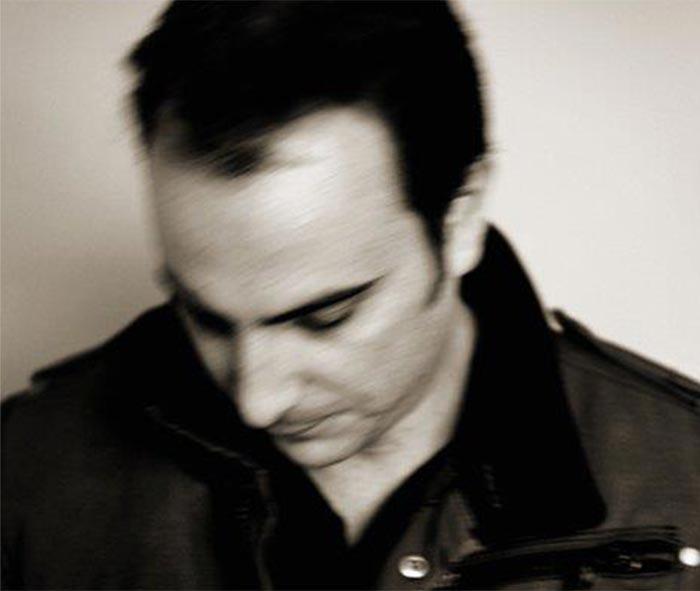James Reynolds on Mixing With Busses
Hit mixer, remixer, and producer James Reynolds has made his mark working with artists like Tulisa, Jessie J, and Tinchy Stryder. With a track record of mixing multiple #1 hits, composing for television, and playing in critically acclaimed bands like Braund Reynolds and Public Symphony, James knows his way around a mix. We caught up with him at his London studio to dive into his techniques for mixing with busses.

Do you mix in the box with master faders?
"Mostly. After doing countless mixes, I’ve learned that the goal is to make the track sound big while still maintaining a lot of headroom. When you finish mixing, everyone from the record companies to A&R wants to turn it up, not down!
The beauty of mixing in the digital domain is that I can mix mostly in the box—but not entirely. I route everything into a Yamaha DM2000 console, where I can split out all my busses, but it all feeds back into a master bus in Logic. This approach keeps it digital and avoids the signal-to-noise ratio issues you get with analog desks. Mixing with analog gear has its charm, but it's a different mindset.
After doing countless mixes, I’ve learned that the goal is to make the track sound big while still maintaining a lot of headroom
In digital, you can start a mix at -15dB, and it’ll still sound the same when you turn it up, without the noise from processors. I typically start very low, and one of the key components on my bus chain is the Sonnox Limiter (True Peak Limiter Plugin)."
So how do you use bus splits?
"I work with two levels of busses. On the DM2000 mixing desk, I have my main busses, typically set up for the kick, rest of the drums, bass, vocals, synth pads, keys, effects, strings, delays, and reverbs. These main busses are fed by sub-groups in Logic. For example, my main vocal group might have subs like lead vocal, lead doubles, and harmonies. I keep the main busses on the console without automation, so at the end of a mix, I can flatten the whole desk and quickly rebalance for a better overall mix with broad adjustments. For finer tweaks, I can go back to the sub-groups or individual channels. All these main busses then merge on my Master Channel, where I use the Sonnox EQ and Limiter.
It’s also handy to have the Limiter on sub-groups to control any unwanted peaks. I approach it lightly, just enough to manage peaks without over-processing."
How do you use the Limiter specifically?
"I avoid squashing too much into the Limiter, so on my master chains, I set the Attack fairly slow to preserve transients, and the Release fairly quick. The Enhance slider is a game-changer; it lifts and opens sounds, making mixing quicker. I usually push it to around 20-25%, listening closely to find the sweet spot. This feature plays a crucial role in my sound.
I also use the Limiter in other scenarios, like on snares or synths. It’s fantastic on synths, but in those cases, I don’t limit because I’m heading into other processors later on. Occasionally, I’ll increase the Input gain, but it depends on the need. Mixing with the Oxford Limiter is a pleasure—it’s a truly brilliant plugin."
